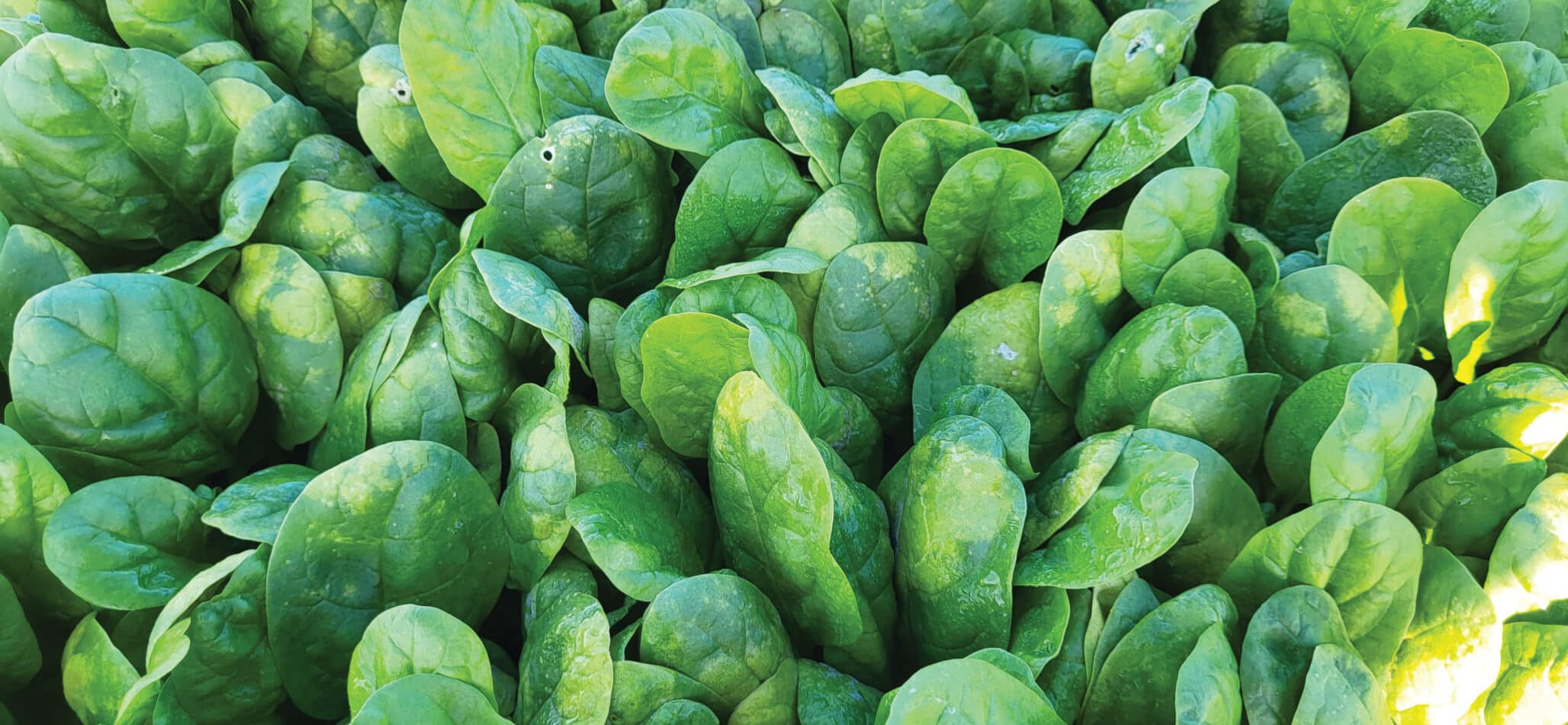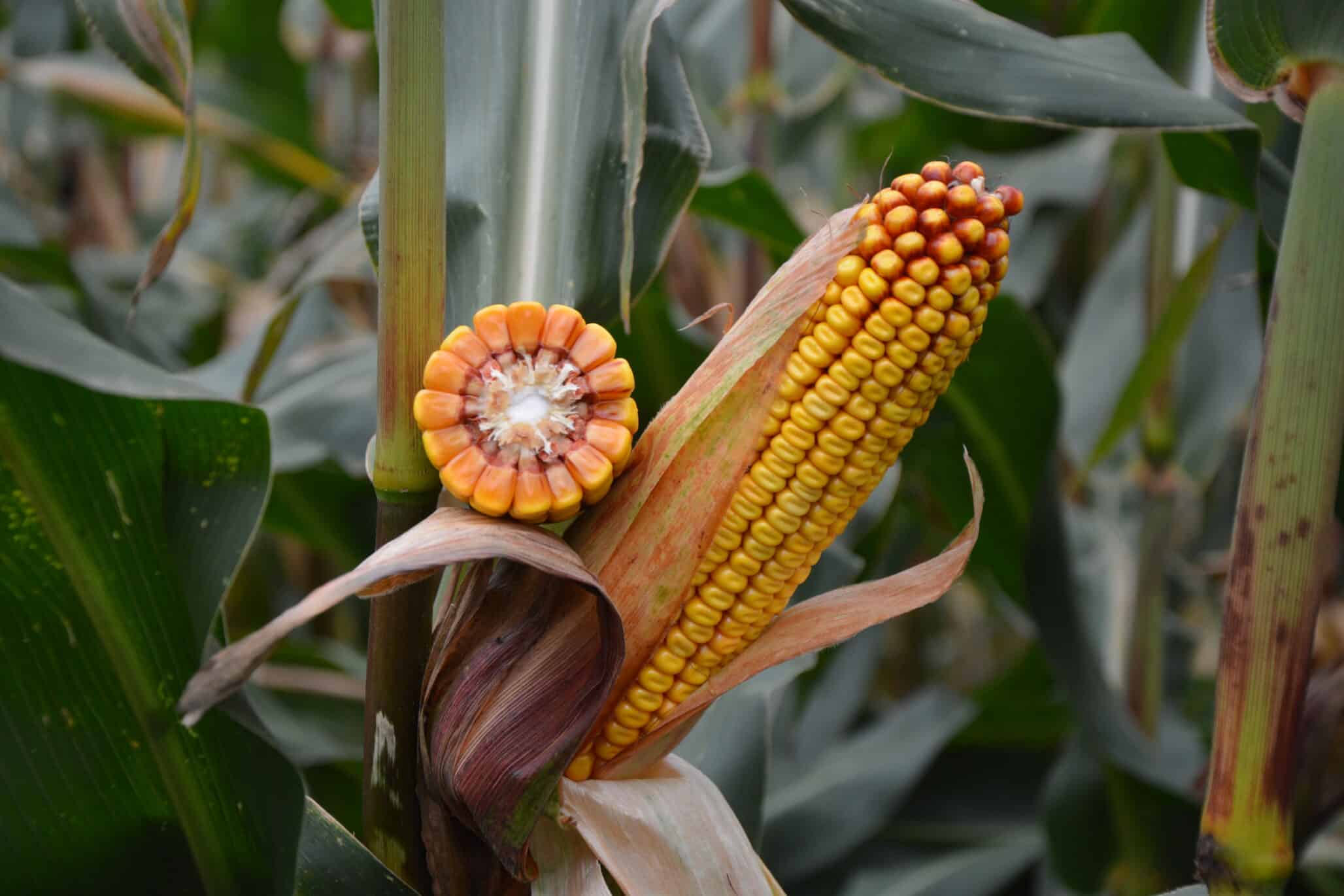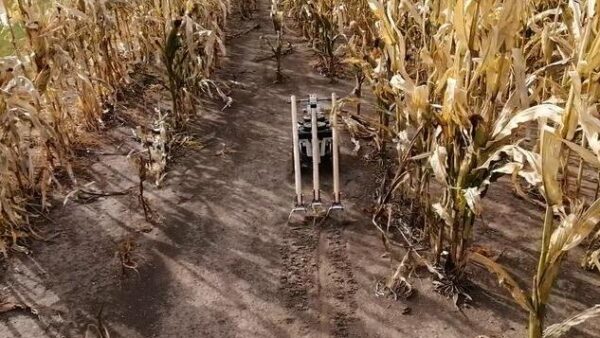Today (Dec. 7), the American Seed Trade Association held a press conference to spotlight the importance of plant breeding innovation, specifically CRISPR-Cas9, and the role it could play in the future of crop improvement.
“So many of the things that impact our daily lives can be traced back to a seed,” said Mark Herrmann, ASTA chair, during the opening remarks. “That really drives to our ‘Better Seed, Better Life’ focus. Continued innovation in plant breeding is directly related to global food security, nutrition and a safe and sustainable environment.”
But modern plant breeding is not a set place that industry has arrived at. “Plant breeding is an evolution,” shared Andy LaVigne, ASTA president and CEO, and it’s an area of focus both domestically and internationally for the association as it looks to evaluate and influence policy in the years ahead.
Setting the foundation, he explained that plant breeding goes back 10,000 years to simply selecting plants with favorable characteristics all the way to the 1900s with cross breeding and hybridization and mutation genesis and cell culture.
“Plant breeding builds upon itself,” he said. “We understand things more and more each year because we are better at mapping genomes and dealing with bioinformatics.
And the next evolution of plant breeding is genome editing, he said, which works within the plant’s family. “Whether it’s the wild relative or the product that sold into the grain industry or the produce market, there are wildly diverse characteristics within plants,” LaVigne said. “It just depends on which ones we are harnessing to bring into the marketplace to address the opportunities for consumer demands. It allows us to reach the same endpoint as we could through traditional methods, but in a more precise manner.”
This has led the association and its members to adopt the following policy when it comes to plant breeding innovation: “Plant breeding varieties developed through the latest breeding methods should not be differentially regulated if they are similar to or indistinguishable from varieties that could have been produced from earlier breeding methods.”
You can hear a clip from LaVigne talking about ASTA’s policy and the scope of their work here.
He stressed the importance of making sure that plant breeders have access to all the tools in the toolbox to bring new varieties to the market to address climate change and pest and disease pressures and other challenges to bring consumers what they want and demand.
As part of the press conference, Jerry Flint of DuPont Pioneer, Corinne Marshall of Sakata Seeds America and Juliet Marshall of the University of Idaho spoke about the potential benefits of CRISPR-Cas9 as it relates to their business.
Business Benefits
Flint, who serves as DuPont Pioneer’s vice president of industry affairs and regulatory, says that since the company introduced the first commercial hybrid in the 1920s, it has been involved in the co-development and introduction of Herculex with Dow AgroSciences, which brought insect control as a new tool for U.S. farmers.
Flint said as they look at what’s happening further out with climate change, population growth and nutritional changes that need to occur, they need to continue to “upgrade their toolbox in terms of what’s available to plant breeders so that they can provide the best tools in those programs to meet those growing needs.”
Flint explained that one of those tools is CRISPR-Cas and that DuPont Pioneer is a leading company in its use for plant applications. He said they can use it for gene deletions, edits and in some cases search and replace.
“One of the things that we do is look at the plant genetics that already exist and how can we deploy those in the plant varieties that we already have,” he said.
From a real world application, Flint talked about the recently announced partnership with the International Maize and Wheat Improvement Center (CIMMYT) for maize lethal necrosis, a devastating disease in Africa that can cause significant yield loss for growers.
“This will allow us to look at solutions to problems that plant breeders have not been able to address in the past,” Flint said.
Corinne Marshall of Sakata Seeds, a global producer of vegetable and flower seed, added that viral disease transmitted by insects can be a huge problem.
Fungal pathogens in the soil such as Verticillium and fusarium are also quite problematic,” she said. “Downy mildew in spinach, bacterial leaf spot in peppers and tomatoes — those are just some of the many disease and pathogen problems that we are facing.”
Marshall share that the conventional solutions have been chemical control, which can be applied when needed and can address multiple issues. However, she said that it really restricts companies from the organic market and there are environmental risks associated with use, as well as additional costs.
“Other ways we’ve tried to better manage these issues is to build the resistance into varieties and not be restricted to playing the organic market,” Marshall said. “But the problem with that is we deal with very specific races and specific diseases and the cost can be quite expensive.”
Marshall gave Downy mildew in spinach as an example. “The demand for organic spinach exploded in the early 90s,” she said. “Since that time, we’ve been challenged with trying to come up with ways to deal with the problem, and we are basically chasing resistance and the races pop up annually.
“The future of organic spinach production is questionable. How long are we going to be able to keep up with the challenge of dealing with the resistance and come up with ways to handle that? Gene editing could provide the solution to having the stronger resistance to Downy mildew in spinach.”
She said it can be used to enhance nutrition in many vegetables, so it goes beyond just dealing with disease and pathogens. “This is a very exciting prospect,” Marshall said. “Lycosine and glucosimulates in broccoli, which can reduce chronic disease or slow disease such as cancer; Sulphurephane is a glucosimulate in broccoli and most us know that when we cook the broccoli, we lose the nutrient. So gene editing can actually help us solve that problem.”
Marshall also gave the examples of tomato and watermelon as crops that could benefit from gene editing. It’s more precise and more efficient, she said, noting that it would not change the way Sakata does things with regards to product development and the rigorous process that it takes to bring products to market.
But the benefits of the technology go beyond disease resistance and nutrition could include increasing nitrogen use efficiency, drought resistance, flavor, yield and seed quality.
It can also benefit crops that don’t have the profitability associated with corn and soybeans or high-value vegetables. And it can benefit universities and small companies because it doesn’t have the same regulatory cost associated with it.
Juliet Marshall, University of Idaho associate professor and small grains expert, said that gene editing could be use to create disease resistant varieties of wheat and barley. She focused on Fusarium head blight (FHB) and the resulting vomitoxin.
Currently there are no resistant varieties, only partial resistance. It’s a serious disease and poses a very difficult situation. This is where gene editing can come into play, she said.
Listen to Juliet Marshall explain how gene editing can work in wheat.
At the end, Marshall explained the importance of public institutions ability to use these techniques.
“The public sector often is where things start,” she said. “We can provide proof of concept, proof of where things really work. We can use transgenics to identify how things work.
“We can use gene editing, which is not genetically modified, to go in and produce a crop that would be resistant to the disease and to the accumulation of these toxins. So we are working to enhance those traits and those crops that are also not commercially viable.













